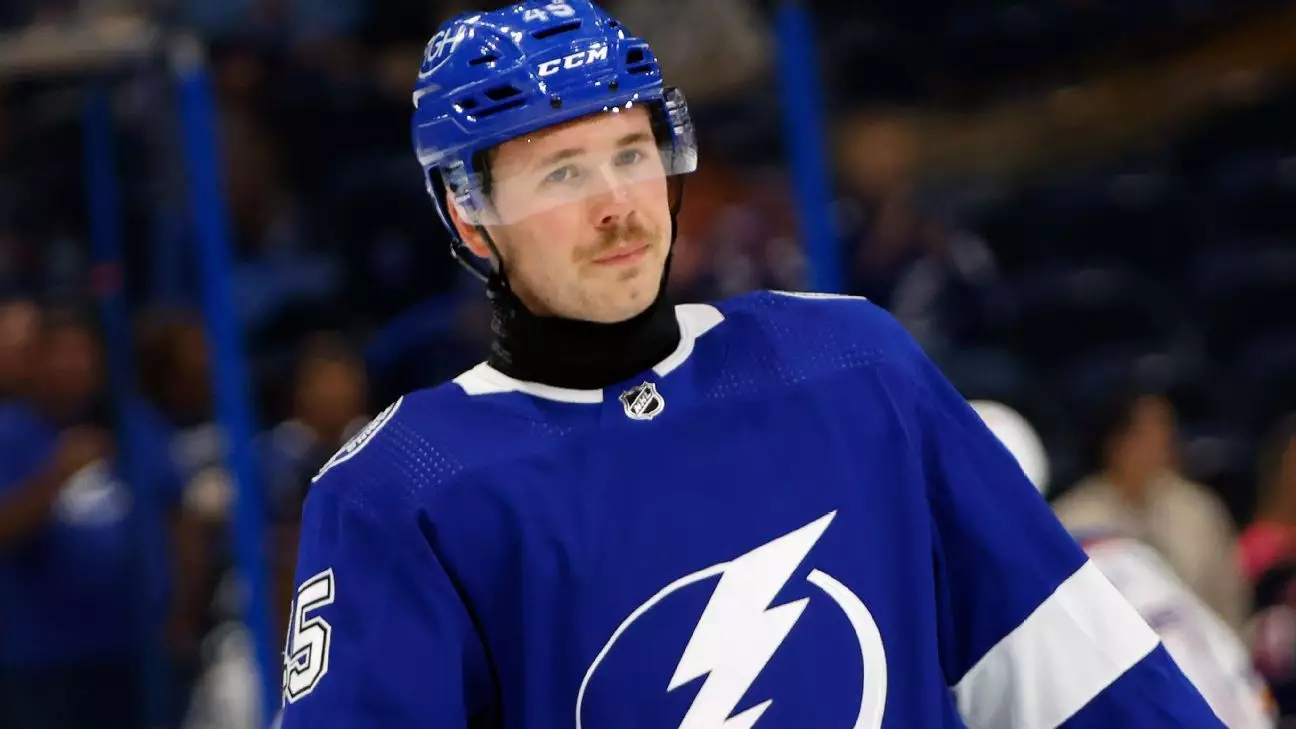Ice hockey is a physically demanding sport that comes with inherent risks and dangers. In recent years, there has been significant debate surrounding the need for increased safety measures in the sport, particularly in terms of protecting players from potentially life-threatening injuries. One area of concern, in particular, is the absence of mandated neck guards in professional leagues like the NHL. This article explores the recent decision by the International Ice Hockey Federation (IIHF) to make neck guards mandatory in all levels of competition, highlighting the importance of this safety measure and its potential impact on the sport.
The IIHF, the governing body for international ice hockey, announced that it will enforce the use of neck guards in all tournaments it organizes, including the Olympics and men’s and women’s world championships. This decision comes in response to the tragic death of American Adam Johnson, whose neck was cut by a skate blade during a game in England. The IIHF’s move aims to address the need for enhanced player safety, particularly surrounding the neck, wrists, and legs.
Prior to this announcement, the IIHF already had neck protection rules for under-20 and under-18 play, making neck guards mandatory in tournaments like the world junior championship. However, based on the recommendation of its medical committee, the organization decided to broaden the mandate to include all levels of competition. This highlights the growing recognition of the potential risks associated with neck injuries in ice hockey and the importance of taking proactive measures to protect players.
While the mandate is a significant step towards improving player safety, its implementation will depend on the availability of neck guards. The IIHF is closely coordinating with its suppliers to ensure an adequate supply of neck guards to meet the high demand. Until the rule officially goes into effect, the IIHF strongly recommends that all players participating in their competitions wear neck laceration protectors. It is essential for both players and organizations to prioritize safety measures while waiting for the mandate to be fully enforced.
Unlike international competitions, professional leagues such as the NHL currently do not have any cut-proof safety requirements for players, including the mandatory use of neck guards. Implementing such a mandate in the NHL would require an agreement between the league and the players’ union, which have been engaged in discussions regarding skate blade safety for years. However, NHL vice president of hockey operations, Rod Pasma, recently addressed general managers on the availability of cut-proof equipment, including neck guards. He emphasized that while there are more options available now compared to a decade ago, there is still room for improvement in this particular aspect of player protection.
In response to Adam Johnson’s tragic death, some NHL players have voluntarily begun wearing neck guards during games, acknowledging the importance of personal safety. Players like T.J. Oshie of the Washington Capitals and Cole Koepke of the Tampa Bay Lightning have opted to don neck guards, understanding that the availability and use of such protective gear can significantly reduce the risk of life-threatening injuries. Oshie emphasizes that these choices should ultimately be made by individual players, but he acknowledges the importance of having the option available for those who want to prioritize their safety, particularly for the sake of their families.
The IIHF’s decision to make neck guards mandatory in all levels of competition sets a precedent for player safety in ice hockey. While the implementation of the mandate may face supply challenges, it highlights the urgency and importance of addressing potential risks associated with neck injuries in the sport. The NHL, as the most prominent professional ice hockey league, should take note of this development and consider following suit to ensure the well-being of its players. Additionally, players themselves should take personal responsibility for their safety and consider adopting the use of neck guards to protect their vital neck area during intense competition. Ultimately, the goal should be to create a safer environment for all ice hockey players, allowing them to focus on the game while minimizing the risk of severe injuries.


Leave a Reply